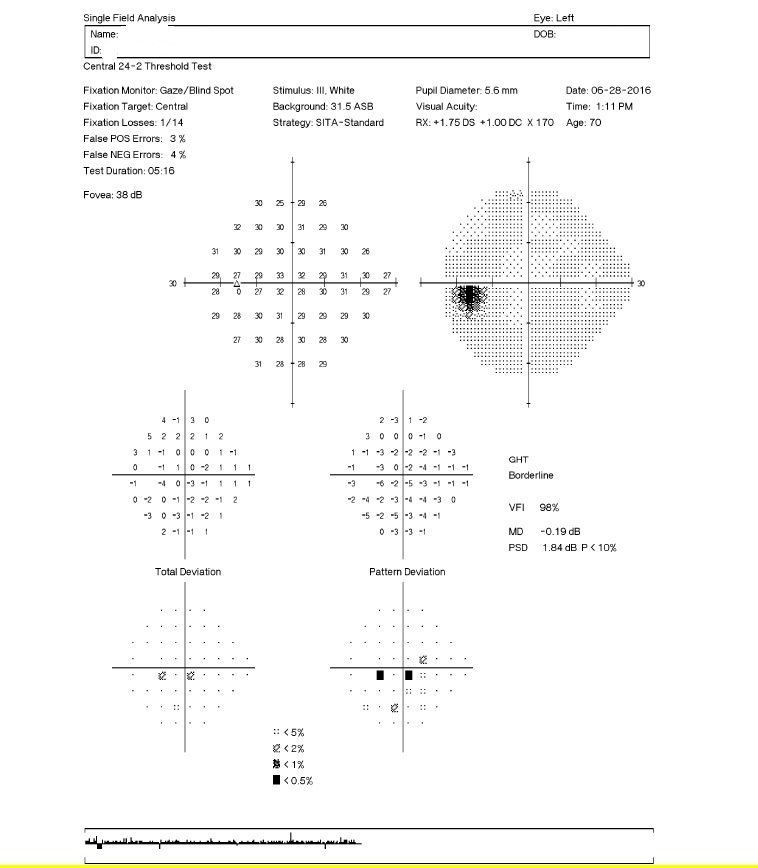

Gardiner, PhD, a senior scientist at Devers Eye Institute in Portland, Oregon, who has contributed to the development of visual field software, says the differences between the two faster options-SITA Fast and SITA Faster-are relatively small. As a result, we can do visual fields in less time with SITA Fast and SITA Faster, but we have to test patients more often to ensure reliable results.” “In contrast, SITA Fast and Faster do not. “SITA Standard has been well-proven to be very reliable, because it double-checks the sensitivity at each spot,” Dr. One of the questions facing clinicians who use the Humphrey perimeter is, which version of SITA (Swedish Interactive Threshold Algorithm) testing should they use: SITA Standard, SITA Fast or SITA Faster? There are also questions centering around the recently available SITA 24-2C test, which checks additional points in the visual field. This may permit more frequent testing, however. The current faster versions are easier on patients, but are slightly less accurate. Patients are notoriously unhappy about taking visual field tests. In particular, given the popularity of the Zeiss Humphrey perimeter in the United States, they focus on the different SITA algorithms and when it makes sense to use each of them. Here, to help make sense of the increasing number of options, multiple surgeons and researchers share their experiences with these technologies. “That’s significant, because we’re all very busy.” Mansberger, MD, MPH, Chenoweth Chair of Ophthalmology and director of the Glaucoma Services at the Legacy Devers Eye Institute in Portland, Oregon.

“Today’s machines incorporate a lot of technology that not only helps us collect the data but also helps us assess whether the disease is getting worse and whether the test was reliable,” notes Steven L. In addition, with the advent of head-mounted virtual perimetry and tablet-based perimetry, a long list of additional companies and testing approaches have entered the picture.Īll of this technology is helping to make the doctor’s job easier and potentially make results more accurate. Currently, more than 14 companies offer an in-office perimeter, using different algorithms to detect glaucomatous defects and analyze the data. V isual field testing remains an essential part of detecting and monitoring the progression of glaucoma, so it should be no surprise that new product options for performing this type of testing continue to proliferate, while existing options continue to be refined.


 0 kommentar(er)
0 kommentar(er)
